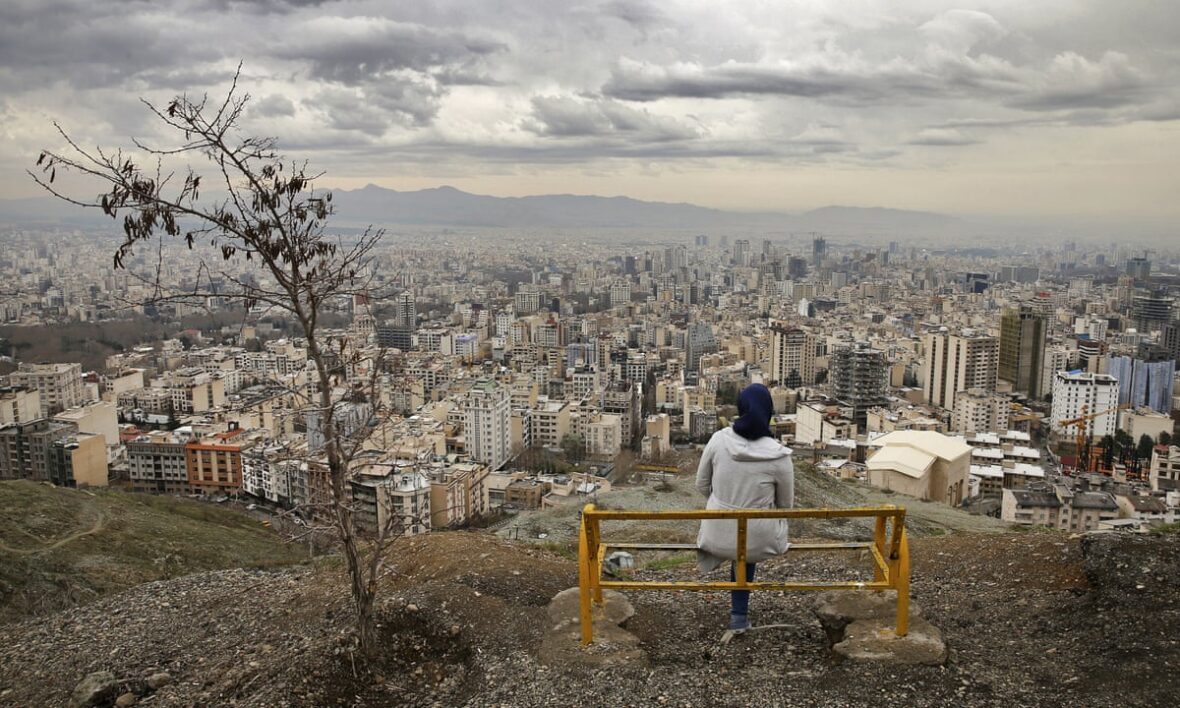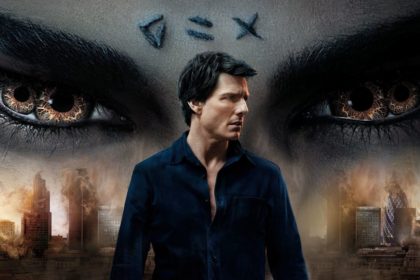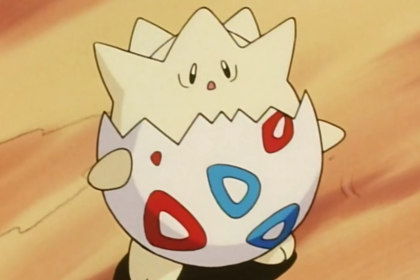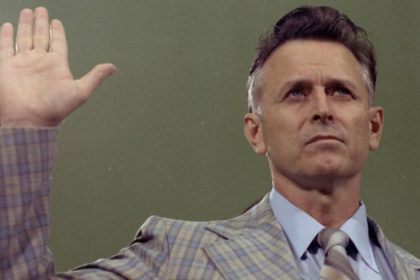Tehran serves as the capital city for the Islamic Republic of Iran. Since its creation, Tehran has grown from a small city to a major metropolis. While the Iranian self-image is that of an ancient people with a long history and a rich heritage, Tehran challenges this image, as the nation’s dynamic beating heart and the place to get a handle on modern Iran. Take a look below for 30 amazing and fun facts about Tehran.
1. The Antiquity of Tehran dates back to 5000 B.C.
2. A skeleton was discovered in Tehran in the 2014 dating back to 7000 years ago.
3. The Persian word Tehran translates to “bottom of the mountain slope” in English, appropriate given the city’s position near the bottom of the Alborz Mountains.
4. Tehran has the highest population in West Asia and occupies the third-largest metropolitan area in the Middle East surpassed by only Egypt’s Cairo and Turkey’s Istanbul.
5. The city can be roughly divided into two parts – north and south. The northern districts of Tehran are more prosperous, modern, cosmopolitan, and expensive while southern parts are less attractive but cheaper.
6. At the time of the Zand dynasty, it was a little town that was significant from a strategic point of view.
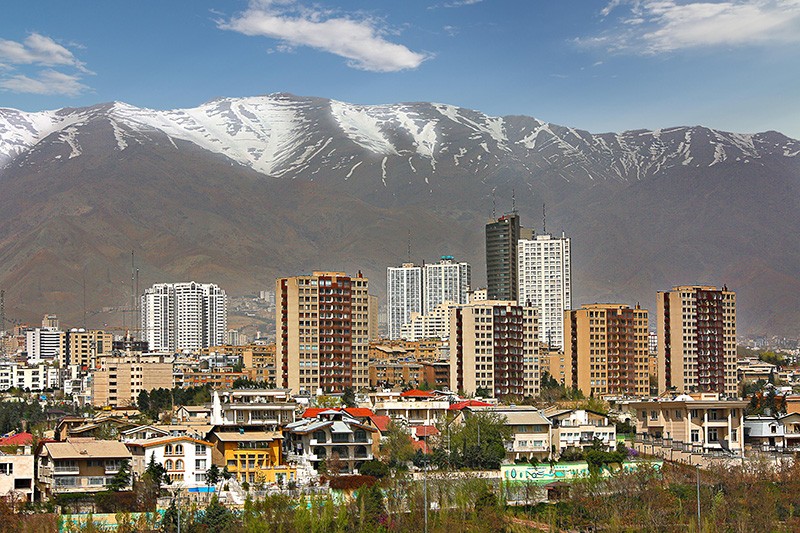
7. The first of the Qajar kings, Agha Mohammed Khan, named Tehran as the country’s capital in 1778, and most of its growth started during the reign of a subsequent Qajar monarch, Fath-Ali Shah.
8. The Soltani mosque, Abbas Abad bazaar, and Ilchi garden (the location of today’s Russian embassy) were built during the reign of Fath Ali Shah.
9. Due to the increasing significance of the city, gates, squares and mosques were built and it was at the time of Nasser e din Shah that the city’s master sketch was prepared and modern streets were constructed.
10. The Tehran Conference (codenamed Eureka) was a conference from November 28 to December 1, 1943, between Joseph Stalin, Franklin D. Roosevelt, and Winston Churchill. This was held in Tehran, Iran, at the Soviet Embassy.
11. The purpose of the conference in Tehran was to prepare the final strategy for the war against Nazi Germany and its allies. For the most part, the discussion was about opening a second front in Western Europe.
12. During the Islamic Revolution of 1980–88, several people left Tehran due to scud missiles and airstrikes.
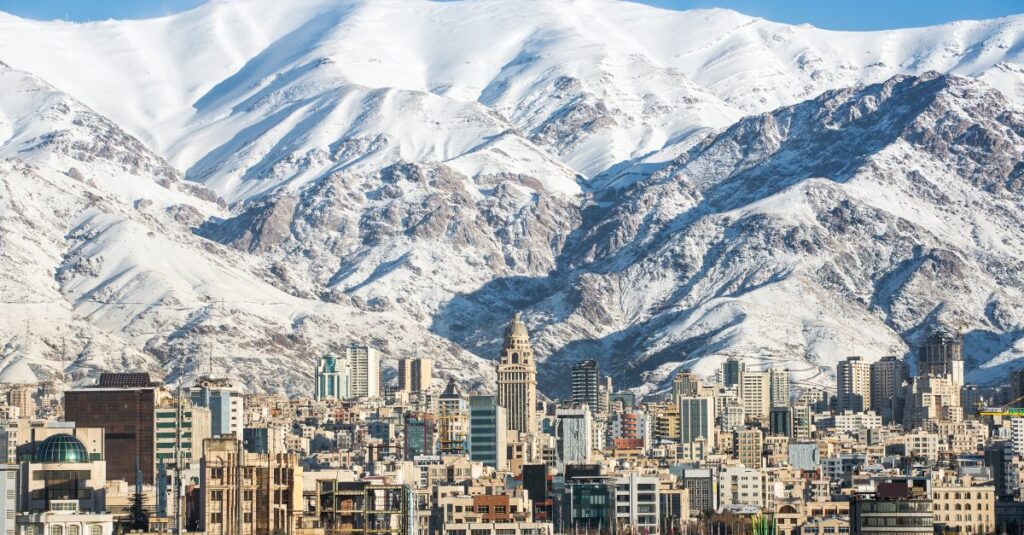
13. Most educated people who have lived in Tehran in recent years have left Iran for democracy and a better life in other countries.
14. Tehran’s National Jewelry Museum has on display the Iranian Imperial Crown Jewels, one of the world’s biggest jewel collections.
15. Tehran’s Golestan Palace is one of Iran’s most impressive places to visit.
16. This great palace is a fine example of Persian art, architecture, and history. It is the precious gem that sits in the heart of Tehran, bringing memories from the Safavid period to Kings of Pahlavi.
17. Maydan Sepah (formerly Topkhaneh) is the focal point of the city. A large and beautiful square, it is surrounded by modern government buildings, including the ministry of post and telegraph, the radio station and police headquarters, and offices of the municipality.
18. The Museum of Iranian Ethnology and the Museum of Iranian Art and Archaeology, also on the square, have outstanding collections of national cultural artifacts.
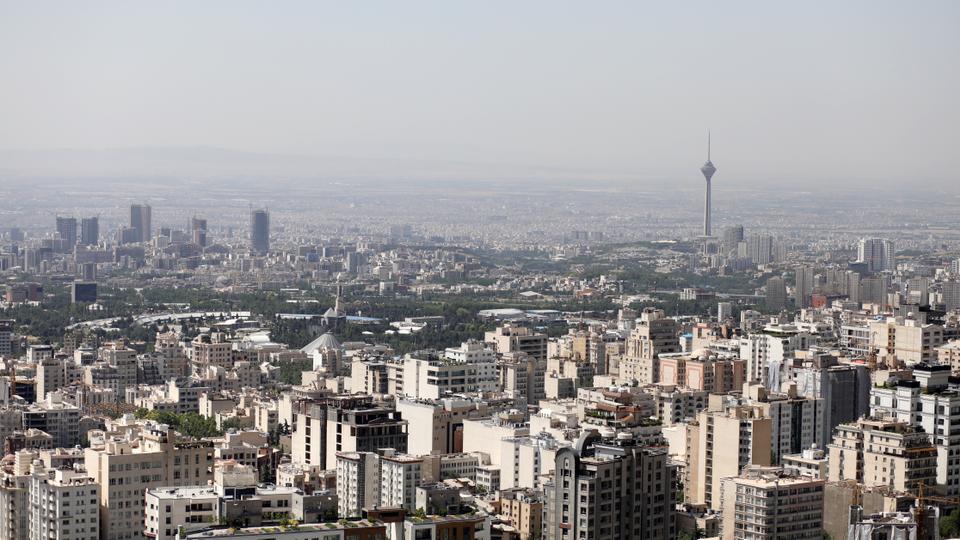
19. The Tabiat Bridge is Tehran’s biggest overpass for pedestrians. This 270 meter long bridge connects two public parks, Taleghani Park and Abo-Atash Park, by spanning Modarres Expressway, one of northern Tehran’s main highways. In Persian, the word tabiat means “nature.”
20. Darband, formerly a village near Tajrish, Shemiran, is an area within the metropolitan limits of Tehran. It is the beginning of a famous hiking trail that towers over Tehran into Mount Tochal.
21. Tochal is a mountain and ski resort on the Alborz mountain range, adjacent to Tehran’s northern Iranian metropolitan area.
22. Turning to sports edifices, Azadi Stadium in Tehran is the largest soccer stadium in West Asia.
23. Tehran’s Iran Mall building was recognized by the Guinness World Records as the site where an Iranian construction company executed the longest-ever continuous concrete pour. The cement pour lasted 5 days 4 hours and 11 minutes.
24. Another historic Guinness milestone was awarded to Tehran when 10.2 million spectators lined the 20-mile (32-kilometer) route for the Ayatollah Ruhollah Khomeini’s cemetery procession. The ceremony on the 11th of June, 1989 represents the largest percentage of a nation’s population to ever attend a funeral.
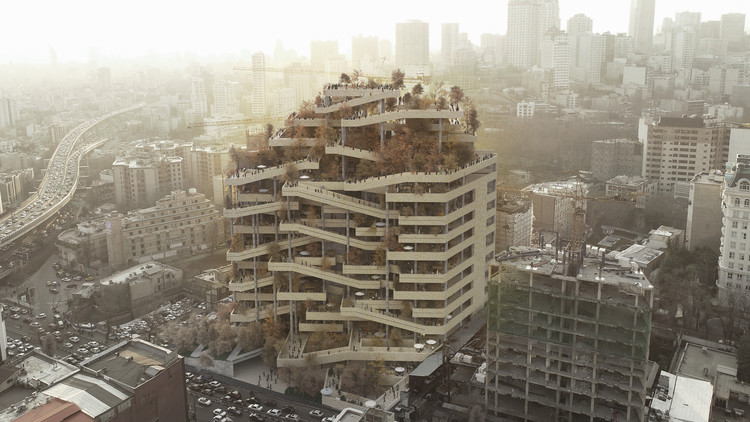
25. Tehran is a cosmopolitan city, with great museums, parks, restaurants, and warm friendly people.
26. New Tehran stands in striking contrast to the old city. The layout of the streets and residential areas is reminiscent of European capitals, especially Paris. Reza Shah adopted a grid pattern for Tehran in 1926.
27. Tehran is a city of more than 800 parks, all well-kept.
28. The city is nearly a mile high above sea level and as a result, is cooler than other cities in the Middle East. Still, summer temperatures are very hot, averaging 37°C (98°F) in July and frequently exceeding 38°C (100°F).
29. Tehran is Iran’s economic centre. Despite numerous attempts to diversify the country’s economy, the oil industry dominates and is controlled by the national government.
30. Oil accounted for 80% of Iran’s foreign-exchange income at the beginning of the 21st Century.

